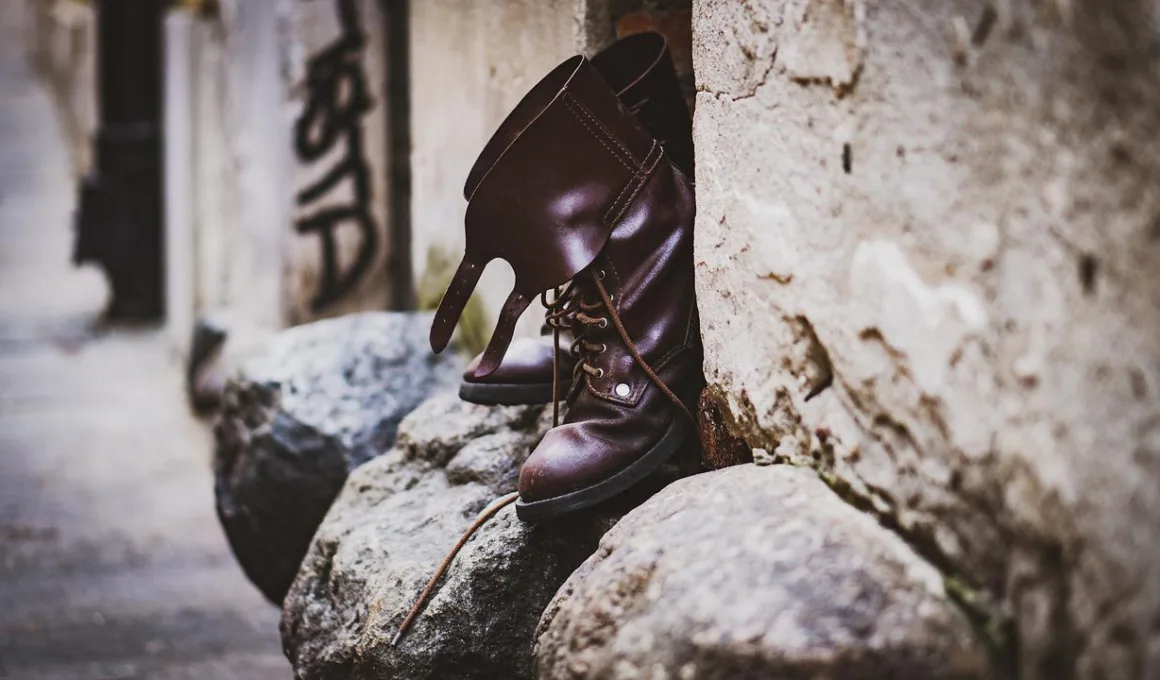When it comes to running, how much do your shoes weigh? The lighter they are, the longer your runs will be. For runners, the weight of their shoes makes a difference, as heavier shoes slow them down. On the other hand, if you want to travel by plane, you may want to consider the weight of your shoes. The weight of your shoes will also affect the weight of your luggage. Some positions require you to wear heavy shoes, such as construction workers, to keep their feet safe. If your job requires you to do a lot of physical work, then a heavier pair will help you perform more tasks.
Size
The weight of your shoes varies greatly, depending on the size and material used. The weight of a pair of running or athletic shoes will always be heavier than the same size in a pair of casual shoes. In addition to this, some shoes have thicker insoles and heavier soles than others. Children’s shoes, on the other hand, are often lightweight, despite their longer length. This difference in weight is related to the materials used in the construction of these footwear, which are lighter than their adult counterparts.
In order to determine the proper size, you need to know the length of your foot. Several countries have their own shoe sizing systems, and the size of your shoes will depend on what type of shoe you’re buying. The weight of a pair of shoes can vary anywhere from several ounces to several pounds. Here is a table of the common shoe sizes and their weights. When buying shoes online, make sure that you know your foot measurements, as this will help you determine the correct shoe size.
A typical pair of men’s shoes weigh between 2.5 and three pounds. However, this can be different for men and women. A man’s shoe can add up over time, and a woman’s shoe can weigh between 1.7 and 2.5 pounds. When you’re running, the weight of your shoes is an important factor to consider. Lightweight shoes require less energy to carry, which means less strain on your legs and feet.
Material
The material of a shoe varies depending on its purpose. Some are tough, while others are cozy and comfortable. The weight of a shoe is directly related to the material used to make it, as well as the type of shoe you wear and the condition you use it in. Below are some of the main types of materials commonly used in shoes. These include: leather, textile, plastic, synthetic materials, and steel toes.
Most shoes weigh between two and 2.5 pounds, although this can vary depending on the material used and gender. Shoes with more padding are heavier than shoes with flat soles. Heavy shoes place too much pressure on your feet and can lead to leg aches and pains. That’s why lightweight shoes are so important. But you should still consider the weight of a shoe before you purchase it. It’s important to choose shoes that are comfortable.
Runners should consider the weight of their shoes. Lighter shoes allow for longer running. Conversely, heavier shoes can slow down the pace of running. Even when you’re not running, the weight of your shoes is important to consider, since they can impact the cost of shipping or luggage. Heavy shoes are safer for certain positions, like construction workers. In addition to maximizing your comfort and safety, they can also help you finish more tasks with fewer injuries.
A lightweight shoe is made of less material than a heavy one, but the weight of the pair is proportionate to the size of the shoe. It’s a good idea to choose shoes with a small difference in size when shopping. A wide shoe may be more comfortable for you, but you should still consider the size of the shoe if you want it to be as lightweight as possible. They can still be comfortable and stylish.
Size range
In most cases, the size range of shoes is the same for men and women, but there are variations in the size range of children’s and infant shoes. Infant sizes start at 16 mm, while pre-school children’s shoes begin at 23 mm. Typically, schoolchildren’s shoes span from 32 to 40 millimeters (205 mm) and adults’ sizes range from 33 to 45 millimeters (48 mm). The major shoe sizing systems are described in ISO/TS 19407:2015, which also includes conversion tables.
The size range of shoes differs from one brand to another. European shoe sizes, for example, are measured in centimeters. Therefore, a size 44 in a European shoe would be 27.9 centimeters long, which is equivalent to 11 inches. Men’s shoes can be up to US size 13, and brands such as Nike, Adidas, and Timberland sell shoes in sizes 18 and 19.
For women, determining the size range of shoes begins with knowing your foot length. You can also find a manufacturer’s size chart with this information. This will make the process of ordering the correct size of shoes easier. The width of a shoe is a reflection of the width of your foot. If your foot is wide, choose a shoe that has a narrower width. If you have a wide foot, buy a shoe that’s one size larger than your regular size.
A shoe’s width is also indicated on the label. For instance, an American 7.5 B (B-M) shoe is a medium-width shoe, while a European 38 is an extra-wide shoe. In terms of width, the US B letter stands for “medium,” and a European 38 is 9.5 inches wide. However, men’s sizes, women’s sizes, and children’s sizes vary widely.
The size of shoes can vary depending on the type of shoe and the child’s foot size. Some types of shoes have a higher growth rate, while others tend to be narrower. If you don’t know what size your child’s foot is, consider buying shoes that fit their feet the best. Also, look for an acronym for “size” that will help you identify a size range of shoes for your child. When buying shoes online, don’t forget to check for the size of the shoes.
Weight of insoles
Some athletes swear by insoles, claiming that they improve their performance and give them more support. The built-in insoles in most shoes don’t cut it when it comes to providing support. Insoles can provide extra comfort and support, preventing chronic injuries. But are they necessary? That’s a question you need to ask yourself. Read on to discover the pros and cons of insoles and learn how to determine whether they are worth the extra money.
A common question about insoles is “how heavy are they?” The answer depends on what material they are made of. Some are made of polyethylene foams, which are softer and more comfortable. But they offer less support and control than carbon fiber and harder plastics. Insoles can be made of natural materials, like rubber, to reduce their weight and improve cushioning. Some shoes have both materials, making them a better choice for comfort and support.
A shoe’s size is based on the length of the foot. It measures from the heel to the longest toe. It doesn’t account for width. So to determine the proper fit, measure the length from the ball position to the heel line. The heel to ball ratio is another important measurement. If you have a normal arch, it’s not going to be an issue. But if you have a high arch, you may need a higher-performance insole.
What are the pros and cons of insoles? It depends on your feet, size, and specific medical condition. It is a personal experience, depending on how you want your insoles to fit in your shoes. There are pros and cons, and your feet will determine the right type of insoles for you. For example, a high-arch insole won’t fit in a flat shoe. Conversely, a low-arch insole won’t work well if you have fallen arches.
Pros and cons of insoles vary in price and quality. The more affordable and widely available Dr. Scholl’s insoles are not as effective as some others. You’ll have to spend a bit more to get a good pair. Ultimately, it’s all about your comfort and how much support you need. Insoles should support your arch and help prevent foot pain and discomfort. However, make sure to read reviews and recommendations from your podiatrist and find the right type for you.
Podobne tematy




